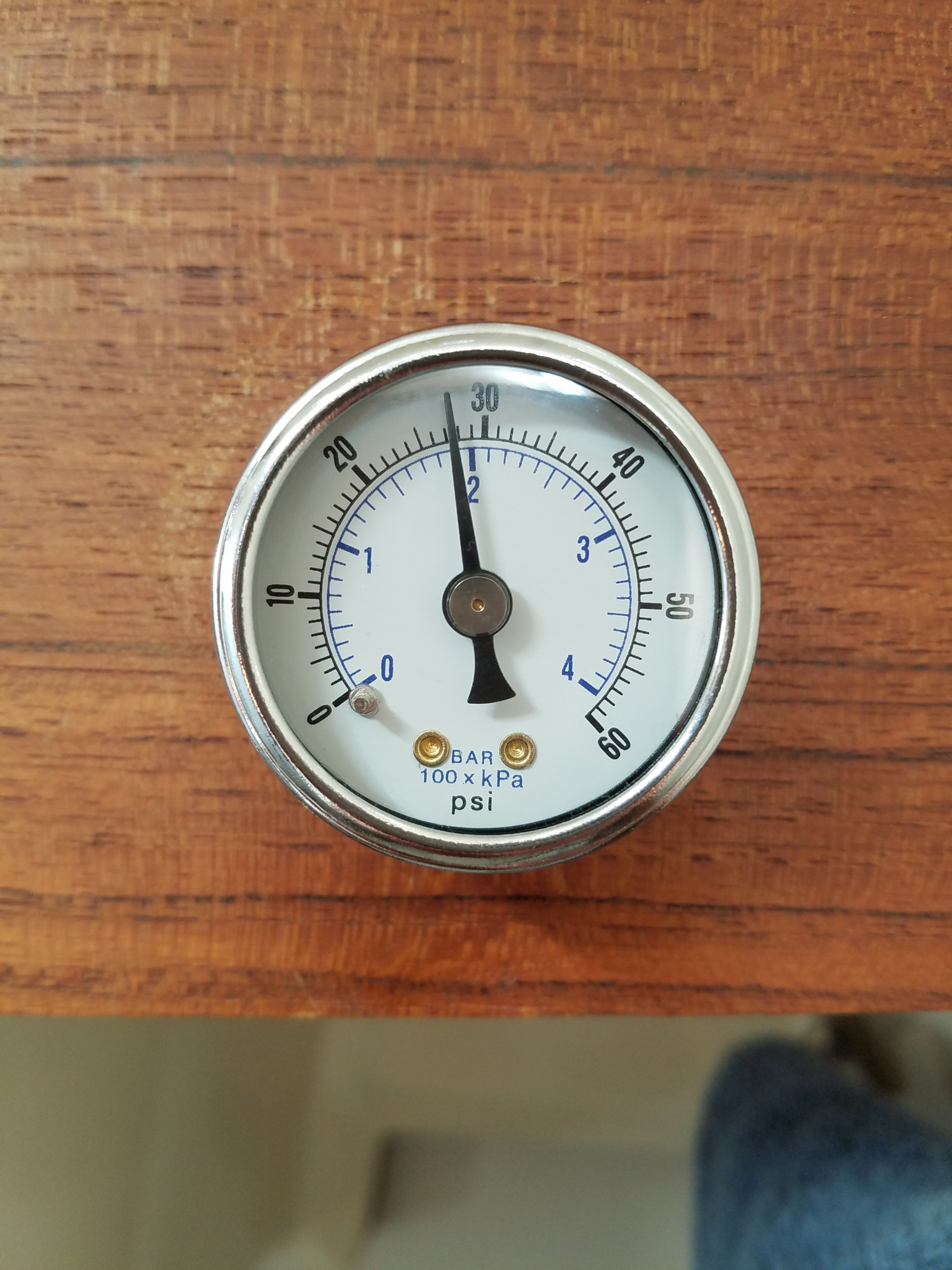Hello. I recently installed a brand new Jabsco Accumulator tank (1L) into my water system because the old one was leaking.
It worked great for a week or two. Then, the pump started running periodically while the faucets are closed. It will pump for a second or two every 5-10 minutes or so.
I checked all hose connections and haven't found any leaks. I tried adding more air to the accumulator tank and the pump continues to run periodically. I emptied all the air out of the accumulator tank and this has given me the best result; the pump will still turn on periodically but less often and usually just one pump at a time.
-It seems if the bladder is fully deflated is the accumulator tank doing anything?
-Is this an issue that happens if the accumulator tank is not pressurized properly?
-I read the accumulator tank should be lower psi than the pump, is there a way I can measure the psi created by the pump? I am using a tire gauge to check the psi of the tank.
-Any other trouble-shooting ideas?
Thanks!
It worked great for a week or two. Then, the pump started running periodically while the faucets are closed. It will pump for a second or two every 5-10 minutes or so.
I checked all hose connections and haven't found any leaks. I tried adding more air to the accumulator tank and the pump continues to run periodically. I emptied all the air out of the accumulator tank and this has given me the best result; the pump will still turn on periodically but less often and usually just one pump at a time.
-It seems if the bladder is fully deflated is the accumulator tank doing anything?
-Is this an issue that happens if the accumulator tank is not pressurized properly?
-I read the accumulator tank should be lower psi than the pump, is there a way I can measure the psi created by the pump? I am using a tire gauge to check the psi of the tank.
-Any other trouble-shooting ideas?
Thanks!

